How To Create Successful Luxury Collaborations
Amid collaboration fatigue, distinguishing your brand’s project from the fray is more important than ever. Without a story, there is often no value. Photo: Tiffany & Co./Patek Philippe
Original article by Daniel Langer for Jing Daily
Collaborations between luxury brands have become ubiquitous. Gucci x The North Face, Louis Vuitton x Supreme, Rimowa x Dior, Gucci x Balenciaga’s Hacker Project, and Fear of God x Zegna are just a handful of the memorable initiatives in the last few years. Given that collaborations have become the new normal, opportunity and risk can operate extremely closely.
Luxury is about extreme value creation. It is about creating an emotional response that is so powerful that — at best — it creates a lifelong memory. It is about creating desirability. As a result, every initiative in luxury is strategic and intentional. If things are done just because everyone else does it, little to no value is created.
Despite Tiffany & Co.’s latest partnership with Nike receiving polarizing reviews, one of the most successful luxury collaborations was when the American jeweler collaborated with Patek Philippe to create a unique Nautilus with a Tiffany blue dial, launched as Patek announced the discontinuation of its most sought-after watch. The desirability of the new product reached a new peak. Only 170 were made, of which only one was available to the public at a charity auction.
It sold for $6.5 million, a clear signal of extreme value creation. This was the pinnacle of what some call the world’s most iconic watch, rooted in the joint history of the two brands, and there was a logic to the collaboration. The end of the Nautilus era added to the uniqueness of the story.
Another remarkable project was the collaboration between Nike and Louis Vuitton to create a limited-edition sneaker series, designed by the late Virgil Abloh. It was a homage to Virgil and celebrated his creative genius, thus creating a fitting time capsule and collector’s item
These are best-in-class examples of how collaborations can create extreme value. Since so many collaborations fail, it’s critical for brands to remind themselves about best practices. I have been advising luxury brands repeatedly to ask a crucial question about each project: Why? And the why should not just be asked from an internal perspective, but more importantly from a client-centered view. Why would a client desire this initiative? Why does it create extreme value? Why is a collaboration beneficial to the client? Why would a client spend a premium for it?
If there is a clear client-centric rationale, then the two most critical questions are: First, is there some logical connection between both brands? In other words, do the brand stories complement each other? Second, how should the collaboration be executed so that it’s unique and tells a story?
The latter seems to be missing. Brands forget what the hook is. Often, the logic between two brands collaborating seems far-fetched. To self-proclaim that a collaboration makes sense is not enough to be perceived as a unique story. Because there is no story, there is no (or very limited) value.
And this is where luxury brands get into dangerous waters. In a reality in which cultural capital is everything and in which luxury brands must build up their brand equity with every client interaction, one misstep destroys trust. And in a digital reality, every misstep becomes public on a worldwide scale.
The lesson is to be extremely strategic. While creativity and experimentation are important, collaborations should only be done if the criteria above are fulfilled, hence there is enough clarity on the why, how, and what. Importantly, the story must be unique, desire-creating, logical, and easy to grasp. Without a story, negative client reactions are not just likely; they will be a reality. And when your audience feels that a brand is ripping them off or trying to sell something without putting creative effort in, then irreparable damage can be done in a luxury context. Delivering a unique story through the collaboration and making sure that extreme value is created are key.
Named one of the “Global Top Five Luxury Key Opinion Leaders to Watch,” Daniel Langer is the CEO of the luxury, lifestyle and consumer brand strategy firm Équité, and the executive professor of luxury strategy and pricing at Pepperdine University in Malibu, California. He consults many of the leading luxury brands in the world, is the author of several best-selling luxury management books, a global keynote speaker, and holds luxury masterclasses on the future of luxury, disruption, and the luxury metaverse in Europe, the USA, and Asia.

